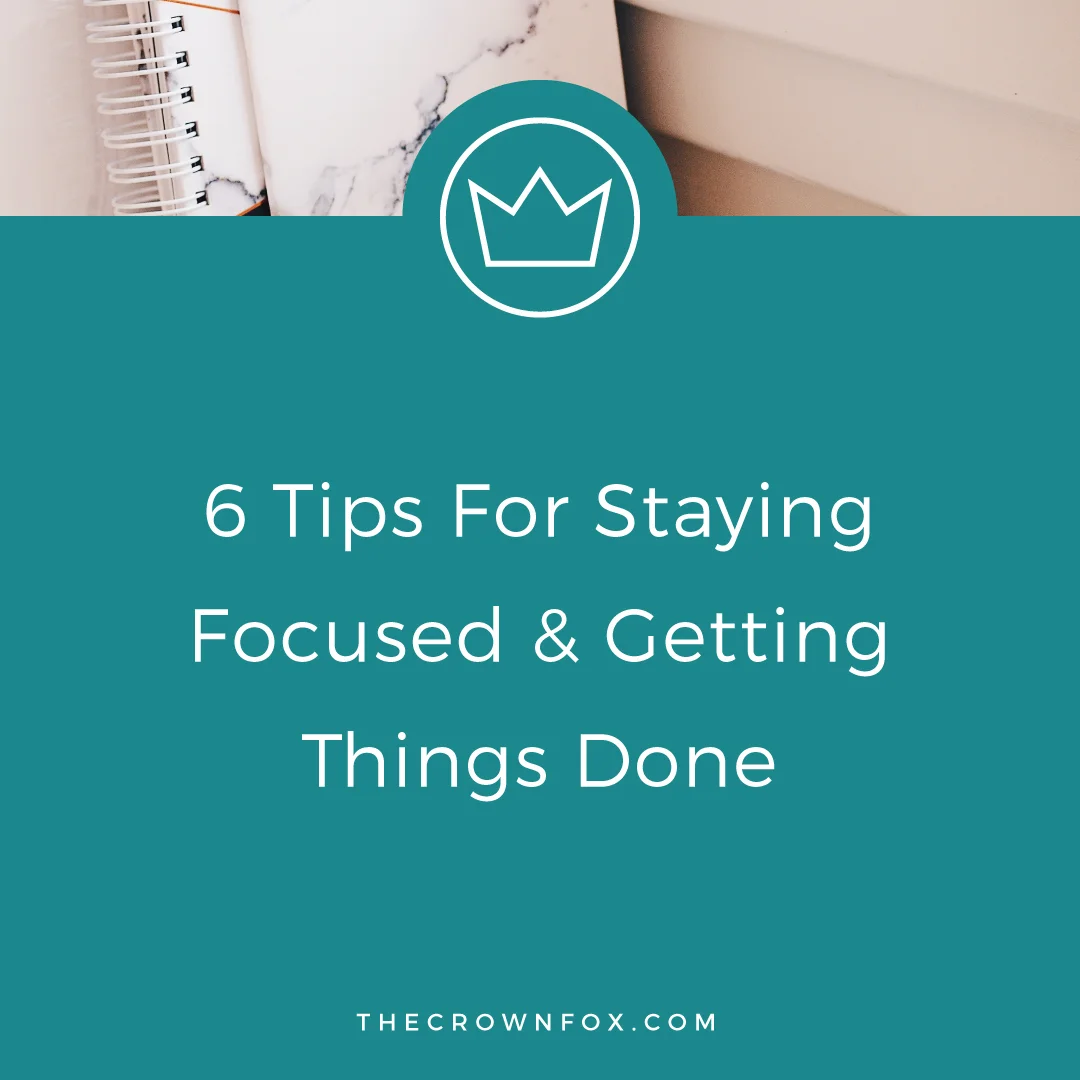Something that comes up in conversations with other business owners is figuring out what to charge and the battle between wanting to be “affordable” but still make money. I had the realization in my own business was realizing that what I was charging versus the amount of time it was taking me to accomplish my services versus the value for the customer were not equaling out to a profit. I realized this pretty early on and made immediate adjustments, but I wanted to share with you the three times that you are not paying yourself correctly so that you can start seeing profit in your business.
NOT HAVING A SOLID PACKAGE/OFFERING
The first issue is not having a solid package or offering. From experience I can tell you, I’ve wavered between packages since I started. What I wanted to offer got glazed over by what I thought I had to offer which got tweaked and nitpicked by clients. In the beginning you are so terrified to turn down any clients or any money, so you take time to tweak and customize and go out of your way to become what someone needs you to be (just to lose the proposal anyway).
I’m not saying this is wrong by any means. But it’s not the most efficient or the most profitable way. What I want you to do instead is go back to that initial spark of an idea that motivated you to start this business (your passion). Write that down and DO NOT forget it, lose it, or let it disappear within your offering.
Your passion needs to stay in your business no matter what. [Tweet That!]
Forget what every other copywriter or coach or designer offers and focus instead on what you really, really, really enjoy doing. Combine your strengths with the needs of your audience or potential clients. Do not just mimic or pick and choose pieces of your competitor’s packages – or you’re just putting yourself in competition. Instead, create something that is catered to your ideal situation and skillset that can still be a solution for a client.
Here’s what I’ve landed on (This was updated in February of 2017). When I started I referred to myself as a branding designer and strategist. Somewhere along the way I realized no one else was talking about what happened after we stopped working together. You had a logo and a color palette... but what about a way to make content upgrades or branded materials for courses, etc.? It dawned on me that there was a solution in this open arena - becoming a design assistant for established business owners who need more time to focus on their passions. You can learn more about this evolution here.
If you want to talk more about how we can work together click here.
I tell you this evolution to teach you a lesson. When you don’t have a solid package or offering you lose money. You lose money by wasting time first and foremost, but you also end up losing potential clients. If a client doesn’t know exactly what they need and you can’t tell them what they need/what you can do, then you’ve lost their interest.
Create something that is complete, easily explainable, and repeatable and offer that like it’s the greatest thing that could ever happen to them – because it will be! You’ll be doing your best work, because you’ll love what you do, and provide great results.
If this sounds too scary, I’ll give you a stepping-stone. Do all of those things, but also maintain a list of ‘custom offerings’ (for designers it might be logos, business cards, etc.) and only bring those prices out if you are asked super specifically to do “just a logo” or “just a business card.”
NOT HAVING SYSTEMS IN PLACE
Another major way you lose money is by not having systems in place. This falls back into the time is money thought, because in our businesses, with out 27 hats, time IS money.
I’ve written a lot about different ways I stay productive and it has definitely evolved as my business has, but the biggest piece of advice I can give you is this: CREATE SYSTEMS.
I co-hosted a Masterclass about this called Systemize Your Branding, which you can still catch the replay of. We go in depth about systemizing your process and documenting it, so that anyone (a VA, an assistant, etc.) can help you out easily and efficiently.
I highly recommend having a system for creating quick social media graphics, a system for quickly outlining blog posts, and a system for quickly answering emails – because these are the things that end up taking up your whole day.
For social media graphics all you need to do is make a template. I cover this in depth and show you behind the scenes of my templates in Systemize Your Branding. I go more in depth to my blog post process here, but I will say that outlining saves a TON of time and can (and should) be done in bulk. The hardest part of blog posts is generating the topic and the main points, so get that out of the way in bulk on a day you are feeling productive. The actual writing will be easy after that! With answering emails, please, please, please create canned responses. It is a LIFE SAVER because you will (if you don’t already) get the same emails over and over again.
These three things will definitely save you time, and therefore money, because you will free up your day to do things that make you money – client work, creating products, etc.
Another extremely valuable place to implement systems is within your client work. Have an onboarding process that quickly gets contracts signed and invoices paid and homework or whatever initial steps started. Once you have a solid package or offering you should be able to have a ready made invoice and contract that details it so you no longer have to create custom ones each time.
WORKING OUTSIDE YOUR SCOPE/PROPOSAL
This is one that I was guilty of for so long. Even though my proposal detailed that I wouldn’t work outside of it, and doing so would require a new contract… I still did. They’d ask me to quickly do this or that, or show them how to set this up – which I wanted to do because I want clients to have a good experience – but that is money down the drain.
Repeat after me: Your time is valuable. Your work is valuable. You bring something to the table that can help others and you need to charge for it.
Your time is valuable. Your work is valuable. [Tweet That!]
I know how awkward it can feel to say, “yes I can do this but it will cost xyz amount.” But, if your client respects you and your time – which your ideal client will – they will understand. Or if it’s something that you just don’t want to do, or can’t do, then say, “that’s a great idea, but not my area of expertise. I recommend person so-and-so for things like that.” You’re still offering a solution, but not losing time or money in the process.
If this is happening to you a lot I would go back to my first point and include, extremely specifically, everything you are going to do in that specific offering. If they have a two week window to give you revisions or edits – say that. If you don’t set up lists and newsletters in MailChimp, say that. If you don’t create social media graphics, be up front about it. It doesn’t have to be mean or abrasive, just clear cut and straightforward. This will help you eliminate the awkward conversations and feelings of guilt when it comes to saying “I can’t do this for you.”
KNOWING YOUR WORTH
The last thing I wanted to focus on in this post is knowing your worth. I don’t want to get to motivational-speaker on y’all, but it needs to be said: you bring value to your client’s lives. You solve a problem that they cannot solve on their own. You fix, adjust, navigate, or somehow alter something for them that was holding them back – and that is important and necessary and worth charging for.
I want you to eliminate the thought that a project takes you 5 hours so you should be paid hourly rate times 5. I want you to instead approach it as value-added to your client’s lives and price accordingly for that. Maybe you can build a website in 12 hours, but what is that website going to do for your customer? Grow their business? Convert people from passive viewer to subscriber or lead? Create your pricing with these thoughts in mind. I’m saying all of this with the thought that obviously you are going to provide these things (whatever these things are in your line of work) and therefore you’re worth more than $5/hour or whatever the lowest-priced freelancer is charging on Fiverr.
This post ended up significantly longer than I thought it would when I outlined it the other day. (See what I mean, once you start writing it’s a piece of cake). But I hope it shed some light on ways you can make sure you are creating a profitable business.







Hi! I’m Kaitlyn!
I believe that you can create a life and business you love by listening to your own inner guidance system. I think there's plenty of strategies + hacks to learn and a ton of “how to” content you can consume but ultimately you are your best guide, the best guru, the best compass, and the best source of inspiration! I’m here to help you learn to trust that voice inside, step into your incredible power, and create YOUR dream business + life.
Let’s work together!